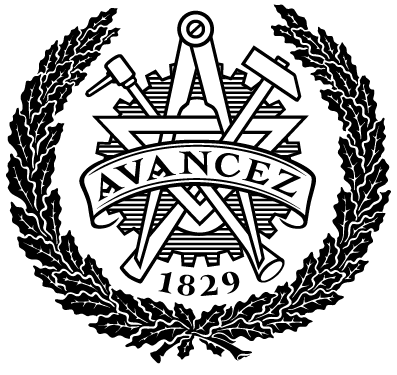Virtual Arrival inom tanksjöfarten i Nordeuropa: En studie om implementering av Virtual Arrival för tankfartyg under 20 000 DWT
| dc.contributor.author | Divkovic, Anja | |
| dc.contributor.author | Karlsson, Patrik | |
| dc.contributor.department | Chalmers tekniska högskola / Institutionen för mekanik och maritima vetenskaper | sv |
| dc.contributor.department | Chalmers University of Technology / Department of Mechanics and Maritime Sciences | en |
| dc.contributor.examiner | Skoog, Jan | |
| dc.contributor.supervisor | Larsson, Martin | |
| dc.date.accessioned | 2025-04-28T09:48:42Z | |
| dc.date.issued | 2025 | |
| dc.date.submitted | ||
| dc.description.abstract | Over the years, the shipping industry has been faced with higher and stricter requirements on, among other things, carbon dioxide emissions. In addition to technological innovations, there are other methods to minimize the environmental footprint. This study’s focus has been on one of these methods. Virtual Arrival is a method where the ship reduces its speed to meet a specific time when the berth is available, based on the terminal's schedule. By implementing and using this method, bunker consumption decreases when the speed is reduced and thus both bunker costs and carbon dioxide emissions are reduced. The focus of the study has been to investigate how many ship calls have implemented the method, explore the reasons why the method is not used to a greater extent and which strategies and incentives could promote an increased use of Virtual Arrival. The study was carried out as a case study with semi-structured interviews, where five interviews were conducted with shipowners and charterers. The result shows that the majority of the respondents have implemented and use Virtual Arrival, but not as standard practice, as the use depends on whether they have a COA contract. The use is limited on the spot market due to the uncertainties surrounding port changes and changes in ownership of the cargo. One of the reasons why Virtual Arrival is not used in the spot market, or more widely, is the lack of trust between the parties and the difficulty in verifying times and virtual notices. The study shows a lack of interest in the implementation, as charterers often prefer to have the vessels lying at anchor to be able to bring them in when convenient. To increase the use of Virtual Arrival, improved contract clauses, increased transparency and information sharing, as well as demonstrating the environmental and economic benefits are proposed. The boundaries of the study were vessels under 20,000 DWT operating in Northern Europe. The report is written in Swedish. | |
| dc.identifier.coursecode | MMSX17 | |
| dc.identifier.uri | http://hdl.handle.net/20.500.12380/309288 | |
| dc.language.iso | swe | |
| dc.setspec.uppsok | Technology | |
| dc.subject | Virtual Arrival | |
| dc.subject | tanksjöfart | |
| dc.subject | CO2-utsläpp | |
| dc.subject | kontraktsklausuler | |
| dc.subject | COA-kontrakt | |
| dc.subject | Virtual Arrival | |
| dc.subject | tanker shipping | |
| dc.subject | CO2 emissions | |
| dc.subject | contract clauses | |
| dc.subject | COA contract | |
| dc.title | Virtual Arrival inom tanksjöfarten i Nordeuropa: En studie om implementering av Virtual Arrival för tankfartyg under 20 000 DWT | |
| dc.type.degree | Examensarbete på kandidatnivå | sv |
| dc.type.degree | Bachelor Thesis | en |
| dc.type.uppsok | M2 |
Ladda ner
Original bundle
1 - 1 av 1
Hämtar...
- Namn:
- Grupp 237 - Divkovic & Karlsson - Virtual Arrival inom tanksjöfarten i Nordeuropa.pdf
- Storlek:
- 747.46 KB
- Format:
- Adobe Portable Document Format
License bundle
1 - 1 av 1
Hämtar...
- Namn:
- license.txt
- Storlek:
- 2.35 KB
- Format:
- Item-specific license agreed upon to submission
- Beskrivning:
